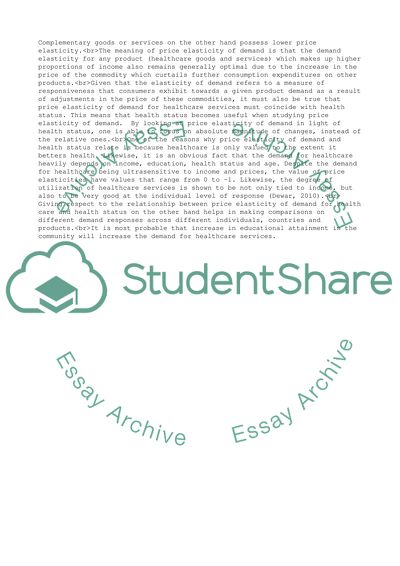Cite this document
(“Demand and Elasticity in Health Care Assignment”, n.d.)
Retrieved from https://studentshare.org/management/1596368-demand-and-elasticity-in-health-care
Retrieved from https://studentshare.org/management/1596368-demand-and-elasticity-in-health-care
(Demand and Elasticity in Health Care Assignment)
https://studentshare.org/management/1596368-demand-and-elasticity-in-health-care.
https://studentshare.org/management/1596368-demand-and-elasticity-in-health-care.
“Demand and Elasticity in Health Care Assignment”, n.d. https://studentshare.org/management/1596368-demand-and-elasticity-in-health-care.


